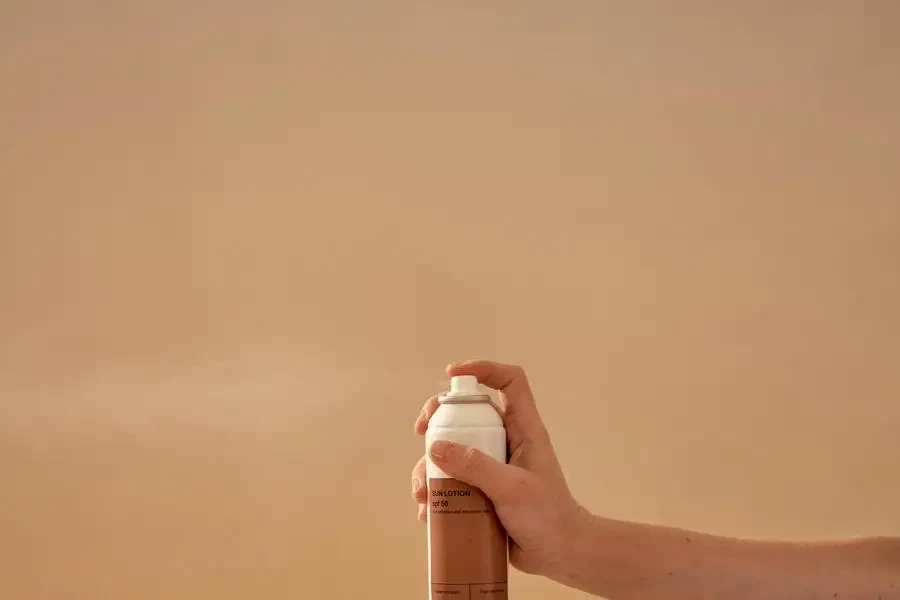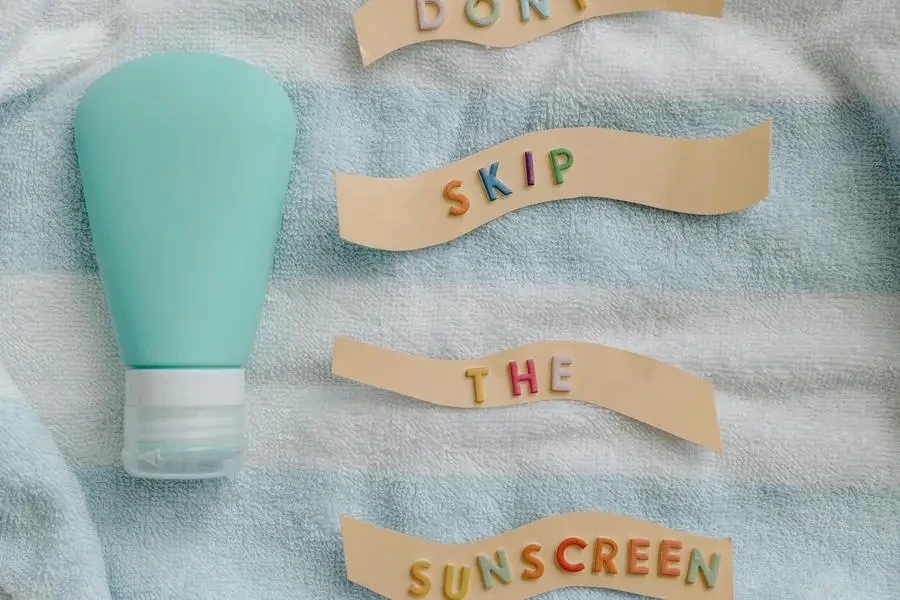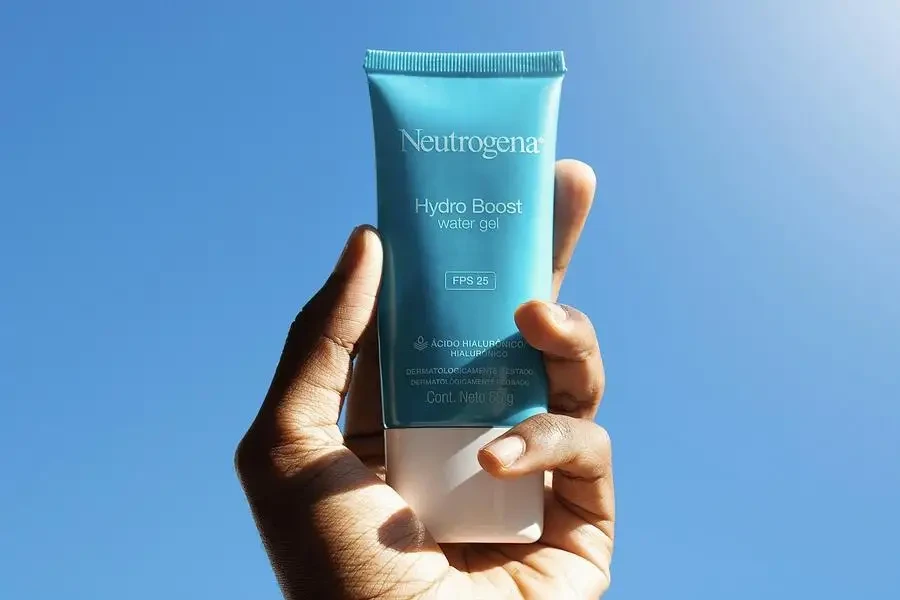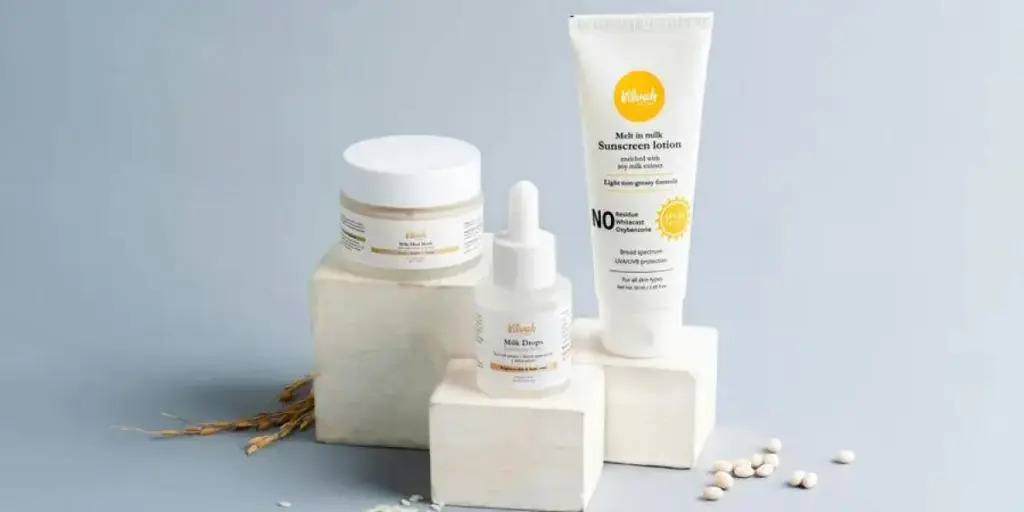The Korean sunscreen market has been experiencing a significant surge in demand, driven by increasing consumer awareness about skin health and the harmful effects of UV radiation. As we move further into 2025, the market continues to evolve, with innovative products and heightened consumer interest in sun protection. This article delves into the current state of the Korean sunscreen market, highlighting key trends and market dynamics that are shaping its future.
Table of Contents:
– Market Overview
– Rising Demand for Multi-Functional Korean Sunscreens
– Emphasis on Natural and Safe Ingredients
– Technological Innovations in Korean Sunscreens
– Conclusion: The Future of Korean Sunscreens
Market Overview

Rising Demand for Sun Protection
The demand for sun protection products in South Korea has seen a remarkable increase in recent years. According to a report by Research and Markets, the sun care market in South Korea experienced dynamic growth in 2023, with sales surpassing pre-pandemic levels. This growth is attributed to the rise in outdoor activities and the increasing awareness of the importance of sun protection. The mass segment, in particular, has witnessed a notable rise, reflecting a broader consumer base becoming more conscious of the need for daily sun care.
Market Size and Growth Projections
The global sunscreen market is projected to grow at a compound annual growth rate (CAGR) of 5.28%, reaching USD 16.204 billion by 2029 from USD 11.372 billion in 2022. This growth is driven by the increasing focus on personal care and the rising prevalence of skin diseases such as melanoma and skin cancer. In South Korea, the cosmeceuticals market, which includes sun protection products, is expected to grow at a CAGR of 5.4% between 2024 and 2032, reaching a value of approximately USD 28.02 billion by 2032. This growth is fueled by the convergence of cosmetics and pharmaceuticals, offering both aesthetic appeal and therapeutic value.
Key Market Drivers
Several factors are driving the growth of the Korean sunscreen market. The increasing prevalence of skin diseases, such as melanoma and other skin cancers, has accelerated the demand for sunscreen products. According to the American Cancer Society, the prevalence of melanoma is rising, with an estimated 39,490 women and 58,120 men affected by the disease in 2023. This has led to a heightened awareness of the importance of sun protection, driving the adoption of sunscreen products.
Additionally, the aging population is contributing to the market growth. As the global population ages, there is a growing demand for products that can protect the skin from harmful UV radiation and prevent premature aging. Sunscreen products have become an integral part of daily skincare routines, especially among the elderly, who are more prone to skin infections and damage due to their weakened immune systems.
Innovations and Market Trends
The Korean sunscreen market is characterized by continuous innovation and the introduction of new products. Major companies are actively developing novel formulations to enhance their market presence. For instance, Shiseido Company Limited launched ANESSA, a brightening UV sunscreen gel, in January 2021. This product incorporates titanium dioxide and zinc oxide, providing optimal protection through the brand’s Smooth Protect Technology. Such innovations are driving consumer interest and trust in sunscreen products.
Moreover, the trend towards organic and natural personal care items is gaining momentum. Consumers are increasingly seeking products free from harsh chemicals and crafted with organic ingredients. This shift towards clean beauty and green sunscreens is expected to drive the market growth further. A survey conducted in January 2020 revealed that 80.2% of respondents preferred using herbal products, highlighting the growing demand for natural sun care solutions.
Competitive Landscape
The competitive landscape of the Korean sunscreen market is marked by the presence of both domestic and international players. Korean skincare brands such as Innisfree, Laneige, Cosrx, and Glow Recipe continue to dominate the market, while international brands like L’Oréal, Beiersdorf AG, and Shiseido are also making significant inroads. The market is characterized by intense competition, with companies focusing on product innovation, effective marketing strategies, and expanding their distribution channels to capture a larger market share.
In conclusion, the Korean sunscreen market is poised for continued growth in 2025 and beyond. The increasing awareness of the importance of sun protection, coupled with innovative product offerings and a growing preference for natural and organic solutions, is driving the market forward. As consumers become more conscious of their skin health, the demand for effective and reliable sunscreen products is expected to rise, shaping the future of the sun care industry in South Korea.
Rising Demand for Multi-Functional Korean Sunscreens

The Korean sunscreen market has seen a significant surge in demand for multi-functional products. This trend is driven by consumers’ desire for convenience and efficiency in their skincare routines. Multi-functional sunscreens not only provide sun protection but also offer additional benefits such as hydration, anti-aging, and skin brightening.
Hydration and Anti-Aging Benefits
Korean brands have been at the forefront of integrating hydrating and anti-aging ingredients into their sunscreens. For instance, the popular brand Innisfree has developed sunscreens that include green tea extract, known for its hydrating and antioxidant properties. This dual functionality appeals to consumers who seek to simplify their skincare routines without compromising on the benefits.
Skin Brightening Formulations
Another notable trend is the incorporation of skin brightening ingredients in sunscreens. Brands like Laneige have introduced products that contain niacinamide, a well-known brightening agent. This ingredient helps to even out skin tone and reduce the appearance of dark spots, making the sunscreen a multi-tasking product that addresses multiple skin concerns.
Innovative Textures and Finishes
Korean sunscreens are also known for their innovative textures and finishes. The lightweight, non-greasy formulations are particularly popular among consumers who prefer a comfortable and breathable feel on their skin. Brands like Cosrx have developed sunscreens with a gel-like texture that absorbs quickly and leaves a matte finish, catering to those with oily or combination skin types.
Emphasis on Natural and Safe Ingredients

The Korean sunscreen market has seen a growing emphasis on natural and safe ingredients. Consumers are increasingly aware of the potential harmful effects of certain chemical filters and are seeking products that use mineral-based or organic ingredients.
Mineral-Based Sunscreens
Mineral-based sunscreens, which use zinc oxide and titanium dioxide as active ingredients, have gained popularity for their safety and effectiveness. These ingredients provide broad-spectrum protection without causing irritation, making them suitable for sensitive skin. Brands like Dr. Jart+ have capitalized on this trend by offering mineral sunscreens that are free from harmful chemicals and fragrances.
Organic and Eco-Friendly Formulations
The demand for organic and eco-friendly sunscreens is also on the rise. Consumers are looking for products that are not only safe for their skin but also environmentally friendly. Korean brands like Purito have responded to this demand by creating sunscreens that use organic ingredients and sustainable packaging. These products appeal to eco-conscious consumers who prioritize both their health and the environment.
Certification and Transparency
Transparency in ingredient sourcing and product formulation is becoming increasingly important. Brands that provide detailed information about their ingredients and obtain certifications from reputable organizations are gaining consumer trust. For example, the brand Thank You Farmer has received positive feedback for its commitment to transparency and the use of certified organic ingredients in its sunscreens.
Technological Innovations in Korean Sunscreens

Technological advancements have played a significant role in the evolution of Korean sunscreens. Innovations in formulation and application methods have enhanced the effectiveness and user experience of these products.
Advanced UV Filters
Korean brands are utilizing advanced UV filters that offer superior protection against both UVA and UVB rays. These filters are often combined with other beneficial ingredients to create sunscreens that provide comprehensive skin protection. For instance, the brand Missha has developed sunscreens that incorporate advanced UV filters along with antioxidants and anti-pollution agents, offering multi-layered protection.
Smart Packaging Solutions
Innovative packaging solutions have also emerged in the Korean sunscreen market. Brands are designing packaging that enhances the convenience and usability of their products. For example, the brand A’Pieu has introduced sunscreens in cushion compact form, allowing for easy and mess-free application. This packaging innovation appeals to consumers who are always on the go and prefer a quick and convenient way to reapply sunscreen throughout the day.
Digital Integration and UV Monitoring
The integration of digital technology in sun care products is another exciting development. Some Korean brands are exploring the use of UV monitoring devices that can be paired with their sunscreens. These devices help consumers track their UV exposure and remind them to reapply sunscreen when needed. This technological integration not only enhances the effectiveness of sun protection but also engages tech-savvy consumers who appreciate innovative solutions.
Conclusion: The Future of Korean Sunscreens
The Korean sunscreen market is poised for continued growth, driven by the rising demand for multi-functional products, natural and safe ingredients, and technological innovations. Brands that can effectively combine these elements while maintaining transparency and sustainability will likely lead the market. As consumers become more discerning and informed, the emphasis on quality, efficacy, and convenience will shape the future of Korean sunscreens.





 Afrikaans
Afrikaans አማርኛ
አማርኛ العربية
العربية বাংলা
বাংলা Nederlands
Nederlands English
English Français
Français Deutsch
Deutsch हिन्दी
हिन्दी Bahasa Indonesia
Bahasa Indonesia Italiano
Italiano 日本語
日本語 한국어
한국어 Bahasa Melayu
Bahasa Melayu മലയാളം
മലയാളം پښتو
پښتو فارسی
فارسی Polski
Polski Português
Português Русский
Русский Español
Español Kiswahili
Kiswahili ไทย
ไทย Türkçe
Türkçe اردو
اردو Tiếng Việt
Tiếng Việt isiXhosa
isiXhosa Zulu
Zulu